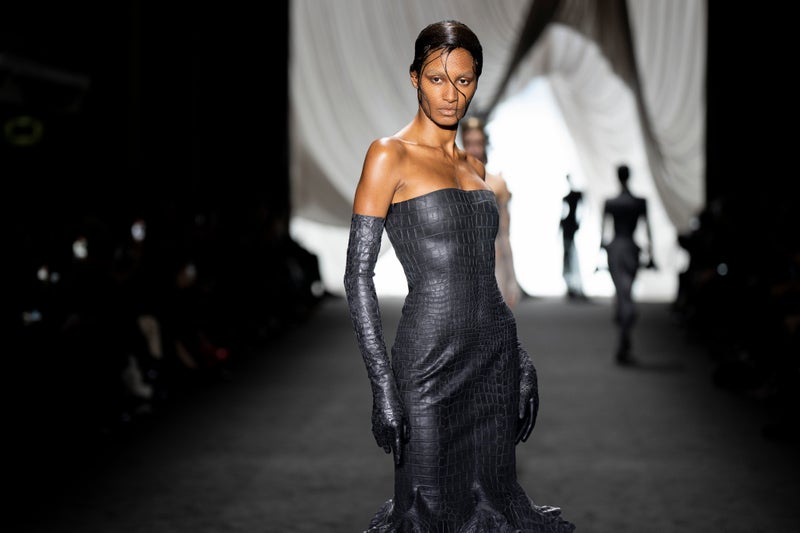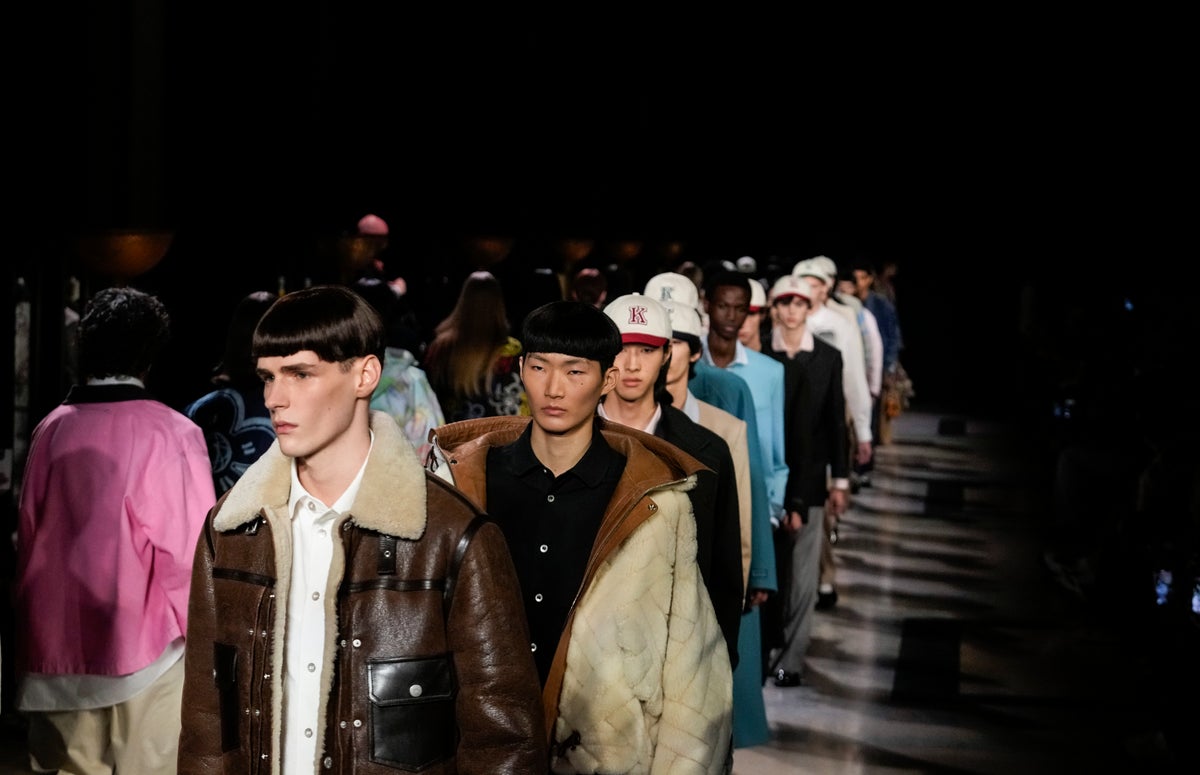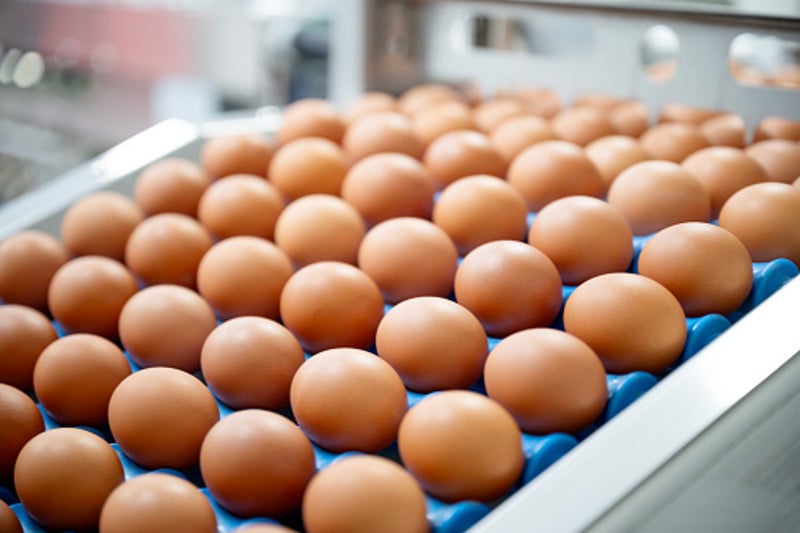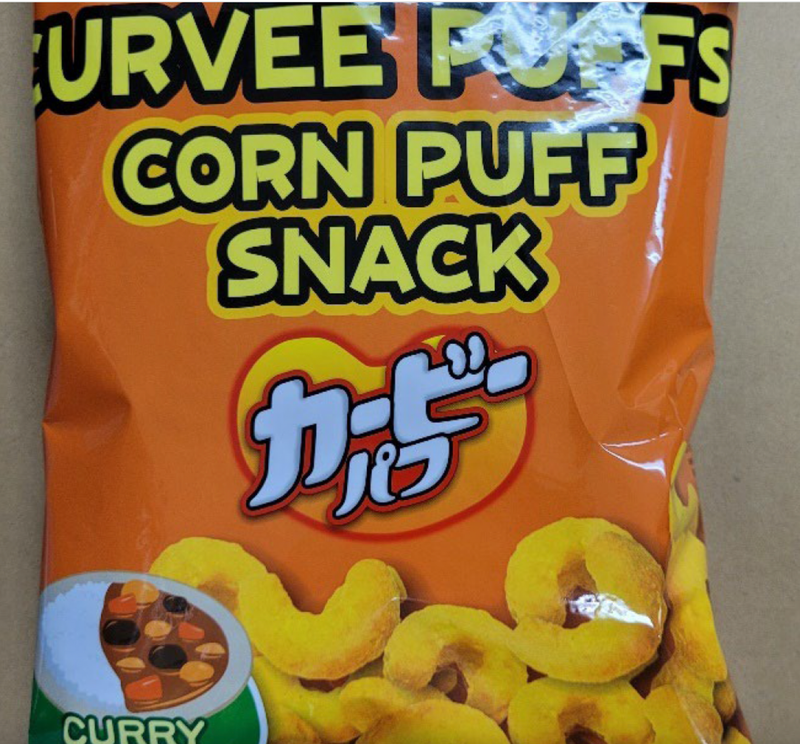How a London brand succeeded in dressing everyone east of Old Street
How a London brand succeeded in dressing everyone east of Old Street
Share:
If you’ve ever spotted a pair of slightly curved navy slacks cut awkwardly above the ankle anywhere east of Old Street (and, if you’ve ever been anywhere east of Old Street, then you almost certainly have), the chances are they were bought at Studio Nicholson. The brand was founded in Hackney by designer Nick Wakeman 15 years ago with a simple but strict premise: it would offer womenswear in a stern, neutral palette — “darkest navy” remains the signature — with subtly off-beat silhouettes pinched from classic films (“specifically those from 1976 to 1996”) and Japanese octogenarians (“I’ve got a thing for them”). Her intention? “I just didn’t want people to look like an idiot in it,” she says, deadpan.

“We’re not really shouty. The clothes have to do the talking,” she continues, her ironed straight blonde hair brushing a plain black cardigan. “It’s not about marketing or puffball skirts, à la Jacquemus, the wally,” she says of the French designer with a penchant for going viral on Instagram. “Just try these clothes on and see how you feel in them. I’m sure you’ll love it.”. Initially, Studio Nicholson (named after her great-grandmother “Nanan” Nicholson) enjoyed success in Japan, before rocketing from strength to minimalist strength here. It expanded to menswear in 2017, opened a Soho flagship in 2021, branched out to Tokyo in 2023, launched hardwear-less handbags last year and only last month swung the doors open to its first east London outpost, on Redchurch Street. Artist Sarah Lucas and Rochelle Canteen’s Margot Henderson are already regulars.

Opening new stores does not faze Wakeman, 51, any more. “We just opened our fourth store in South Korea, our second one in Tokyo, and another in Kyoto yesterday,” she says. A Marylebone location is also slated to open this side of summer. Expansion is rapid, then. “When I started it, it was just me at my kitchen table and the possibilities were endless, but I couldn’t afford to do any of them,” she says. “Fifteen years later, the possibilities are still endless, but we can actually action them. That’s the exciting part.” When we speak, though, she is recently off the Eurostar, having sold her wares to the menswear buyers of Paris Fashion Week. One eye is winking with tiredness. Did she enjoy herself? “No,” she says, sharply. “Let’s face it, I’ve been doing it for about 28 years, so I’m done with it.”.

Wakeman has a head-on, fuss-free energy and a wry British wit — it’s not hard to imagine her being an intimidating character to work for. When I relayed this to a friend after our conversation, they laughed. “Have you seen the clothes? What did you expect her to be like?”. They had a point. Studio Nicholson is to east Londoners and chic architects what The Row is to the Upper East Siders in New York — quiet luxury to the point of silence; androgynous garments that at first might seem unremarkable made spectacular by considered fabrication. Alongside the best dressed Brits, Jake Gyllenhaal, Julianne Moore and Cillian Murphy are all fans. On screen, the designs were a signature of the wardrobe of Lydia Tár, the steely conductor portrayed by Cate Blanchett in the 2022 film — “she’s quite a strong woman who wears the trousers” — and feature in Pedro Almodóvar’s recent The Room Next Door. “I think the directors are looking for something normal and classy when they use us, which I think we are,” says Wakeman.

Unlike The Row, however, where blazers start at £3,000, Studio Nicholson is expensive but not wildly unattainable. It’s sometimes likened to a bridge between Phoebe Philo’s Céline and Cos, with jeans at about £200, jumpers £300 and jackets ranging from £350 to £1,000. Not for lack of quality. “I prefer fabric to clothing,” says Wakeman, who studied textile design at Chelsea School of Arts after a childhood spent in Hampshire with her father, who ran a construction business, and mother, a self-taught seamstress who never let her dress in pink. “Fabric is the key to making a successful garment. I don’t think designers understand that.”.

Her relationships with factories in Italy and Japan are essential, and have been developed over more than two decades (in 1999 she founded her first label, Birdie, with Japanese label Beams, before selling it in 2007). “They come to us, we work on exclusives, and we have a checklist of words we look for in a new fabric: is it spongy? Does it make you feel something? Is it shiny? Is the weave prominent?”.
.jpeg?quality=75&auto=webp&width=960)
Her other style rule: keep it authentic. “There’s nothing worse than seeing a woman who can’t walk in a pair of heels, or the skirt is suddenly over the knicker line — in the wrong way. It’s just awful,” she says. These principles all equate to four female and six male “drops” per year that do not tend to vary massively. “We have similar pin-ups each time — Jeremy Irons is my number one — and then each collection we throw in a few extras; we had a bit of Mickey Rourke for spring 2025.”.






















